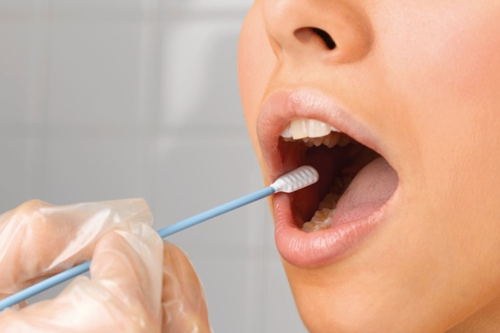
Salivary and blood hormone testing are two common ways to measure hormone levels in the body, but they differ in what they measure, how they're collected, and how they're used in clinical settings. Here's a breakdown of both:
What it measures:
Total hormone levels – includes both bound (inactive) and free (active) hormone levels.
Common for testing estrogen, progesterone, testosterone, cortisol, thyroid hormones (TSH, T3, T4), etc.
How it's done:
Blood is drawn from a vein, typically in a lab or clinic.
Pros:
Standardized and widely accepted by medical professionals.
Good for diagnosing conditions and checking hormone-related organ function (like thyroid, adrenal, or pituitary issues).
Measures many hormones with high accuracy.
Free (bioavailable) hormone levels – the portion that’s active and available to cells.
Often used for cortisol, DHEA, estrogen, progesterone, and testosterone.
Blood tests are best for total hormone levels and clinical diagnoses.
Saliva tests are best for tracking active hormones and daily patterns, especially cortisol.